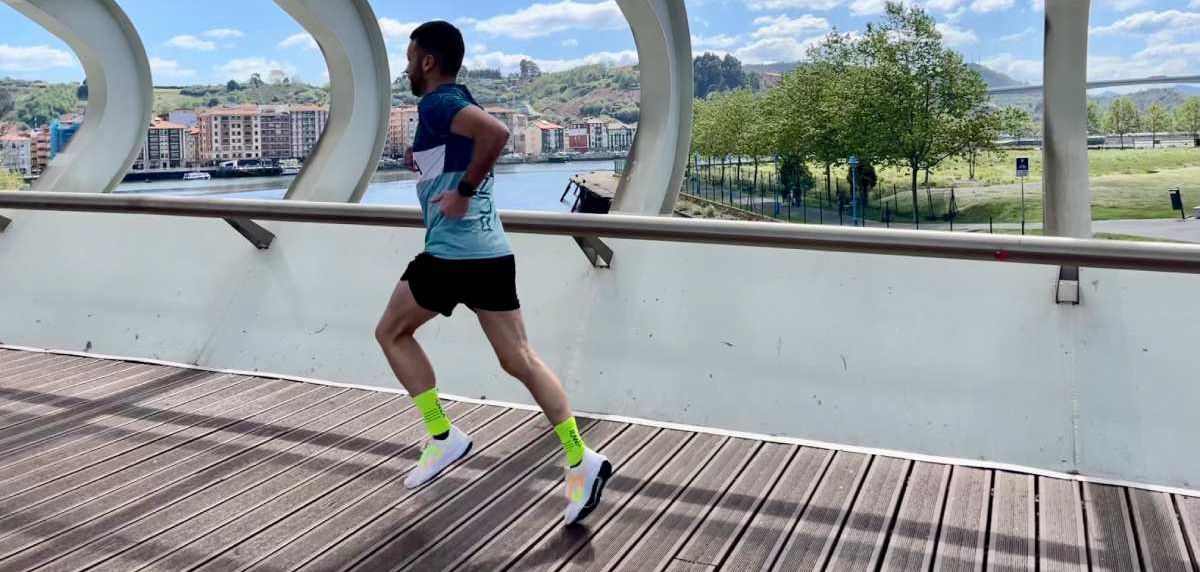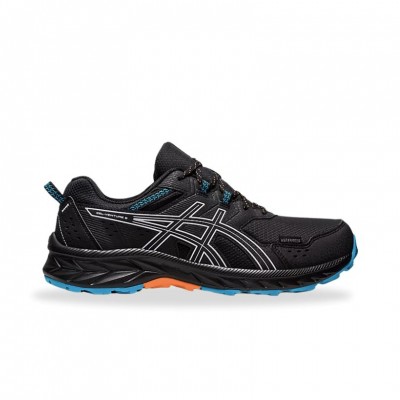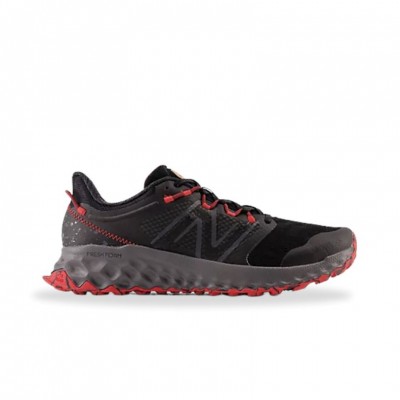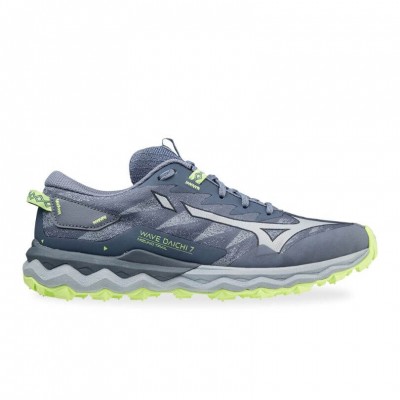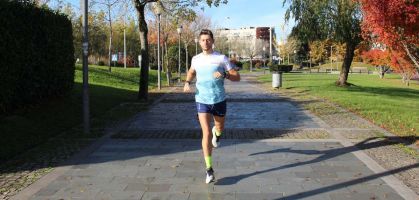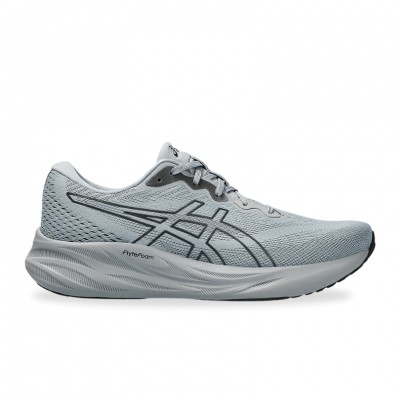The training process encompasses a large number of elements and conditioning factors that cause performance to fluctuate to a greater or lesser extent. There are some conditioning factors that are built-in to each person as the characteristics of the athlete, among which are sex, age, anthropometry or physical potential.
There are also other factors that are not internal and which are the tools to improve performance when it comes to putting on running shoes and run. Among all of them, one of the most complex elements is the way of training itself, that is, everything that encompasses the running training plan: types of sessions, periodisation, rest...
In regard to session types, in this magazine we have referred to practically all the existing formats, such as running, fartlek, series or long runs. But there is one type of session which is not so widespread among the majority of casual runners. Would you like to know what type of session it is? Well, it's none other than hills.
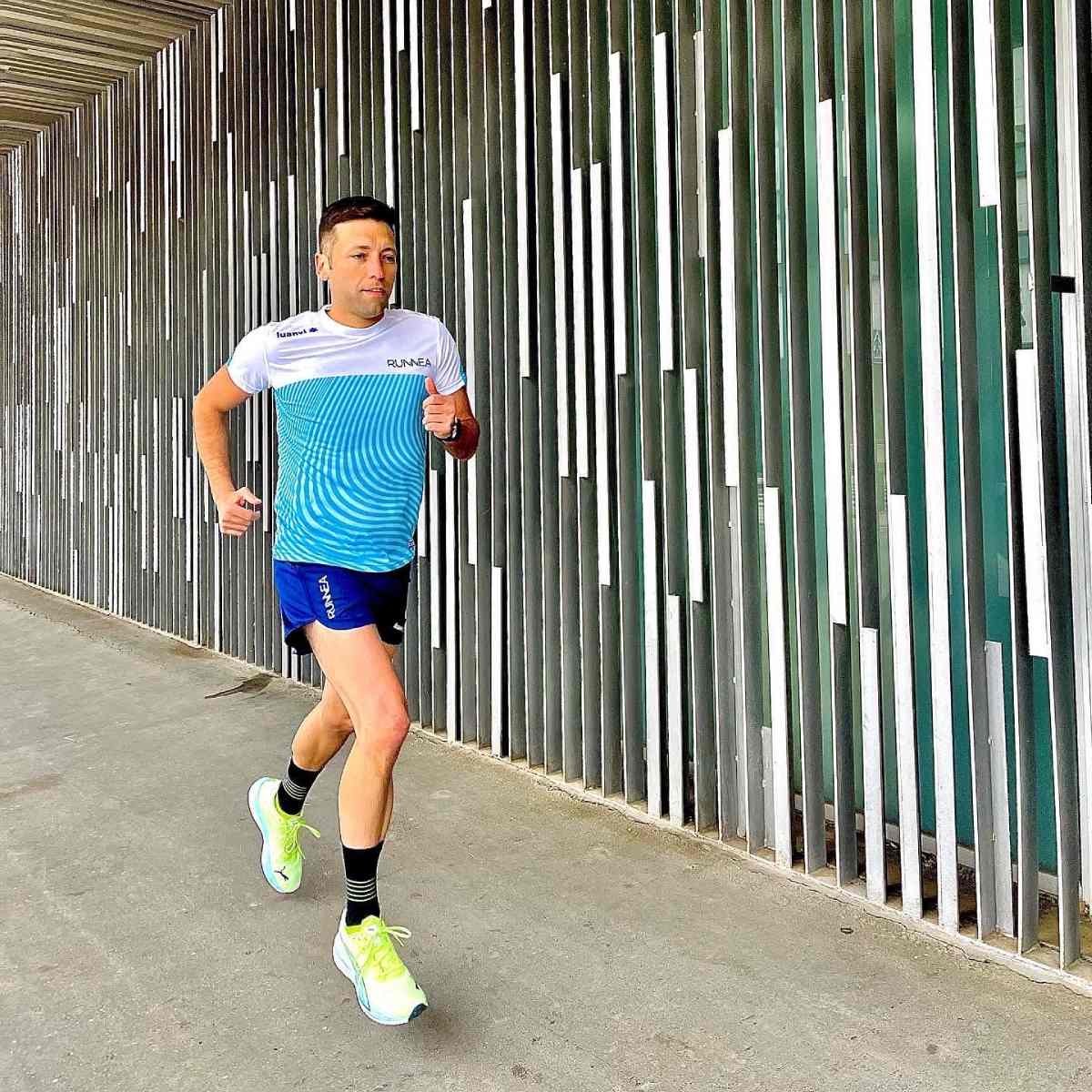
The dreaded, hated, loved... hills
We often associate hill training with trail running because of the nature of the courses, but the truth is that including hill sessions in your running training plan will help you improve your performance as a road runner. Want to know why it's so important? We'll tell you below, on RUNNEA!
What is hill training and what does it accomplish?
As the name suggests, hill training consists of running on a hill, it's as simple and straightforward as that. Okay, fine, but is it any hill or can it be done in any way? In this case we have to tell you that no, hill sessions have certain peculiarities, within the multitude of options that this training method gives.
Usually to carry out hill training, the fractional method is used, that is to say, including a part of work and another of recovery, very similar to series, for example. Thus, we can assume that the intensity when performing this type of session is quite high. Knowing this, hills are executed by choosing a not very long stretch of positive slope in which we can perform one or more blocks of repetitions at a high level of effort.
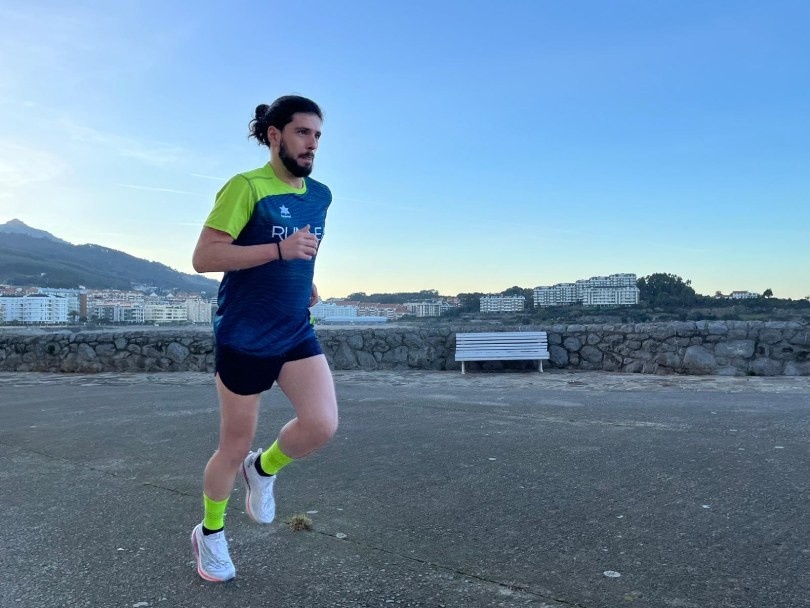
Not sure which shoe to choose?
In a few simple steps we help you to choose the ideal running shoe for you.
GO TO THE RECOMMENDERThe benefits of hill training are many, among which stand out:
- Improved speed
- Improved strength and power
- Improved running technique
- Stimulation of high heart rate or pace zones
- Improved tolerance to demanding routes in terms of positive elevation gain
At this point it is important to make a side note. It is important to differentiate between the duration of the repetitions, because even though they are very similar, it is not the same to climb hills for 10 to 30 seconds as it is to do repetitions that exceed half a minute. We'll explain why.
Short hills (between 10 to 30 seconds approximately)
They are more focused on improving strength and power, as well as allowing us to increase our speed. At the same time, they are a good way to improve running technique because the slopes invite us to step on the midfoot or forefoot.
Medium hills (between 30 seconds to 90 seconds approximately)
Although they also have a certain effect on strength and speed, hills of this duration are a perfect ally to stimulate high-intensity zones without having to allocate large volumes of training. They will help us to improve the anaerobic threshold and we can even stimulate our VO2max (maximum volume of oxygen) if the slope is extended over time.
Long hills (from 90 seconds approximately)
Their use is not so common. If used, they would be recommended to simulate race paces in competitions where there are a multitude of climbs or a single long climb. This type of slopes are more focused on trail running.
How to correctly execute hill sessions
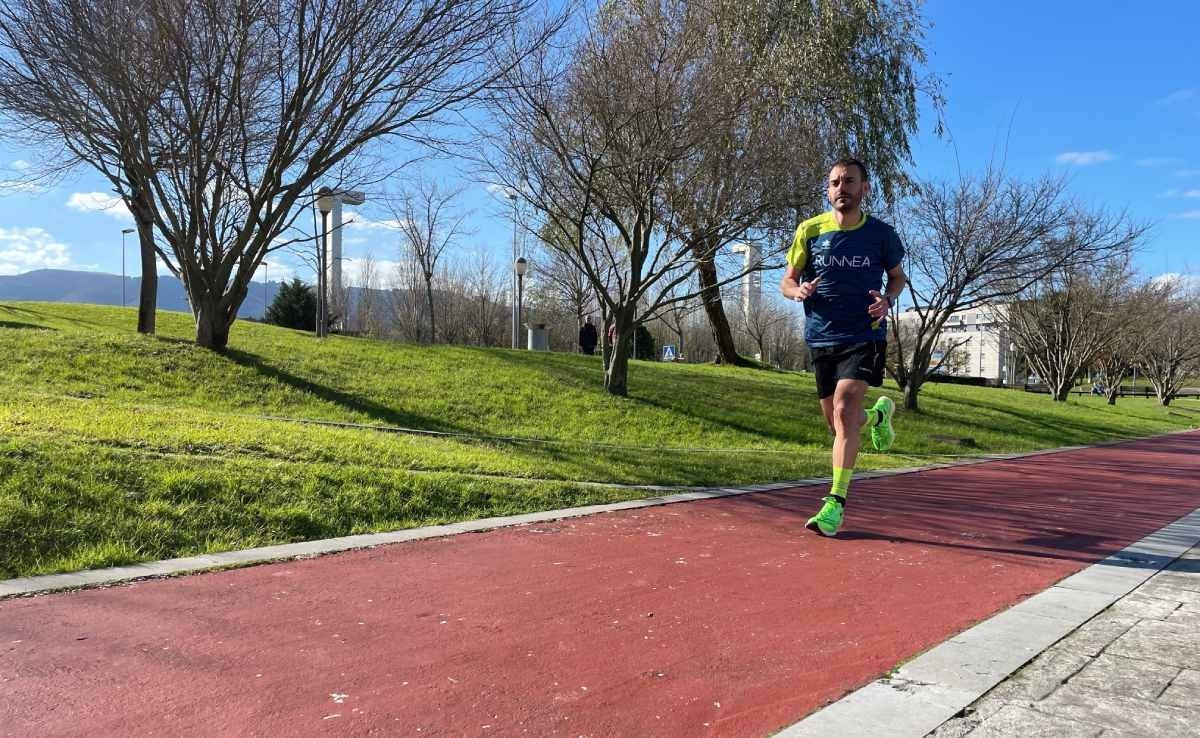
First of all, a good warm-up is necessary to face the hill sessions, since, as we have mentioned in previous paragraphs, it is a demanding effort both at the cardiovascular level and in terms of the musculature. Spend a minimum of 10 minutes running at low intensity, and it is also interesting to accompany it with dynamic stretching and progressions of 10 to 30 seconds as a form of activation.
One of the biggest headaches when performing this type of training is finding the ideal hill to carry it out. The selection of the type of hill will depend, to a large extent, on the duration of each repetition or climb, so that its length must be adequate so that we do not run out of time before the end of the run and that it also allows us to return to the starting point or to a comfortable point for the next hill.
The surface is also very important when training. A good asphalt surface will allow us to run faster and have better stability to exert the necessary force when ascending. This does not mean that we cannot run uphill on rougher asphalt, dirt or gravel. In this case we must keep in mind that it is possible that the speed acquired will be lower due to greater instability, but it can really be interesting if our main objective is to strengthen our muscles and joints.
The hill should not slow us down too much, we have to feel the legs flow and move forward with a sense of speed.
Last but not least, the slope. Let's get those images of steep trail hills out of our minds, as they are not the right ones to improve our performance when running on asphalt. The key is that the slope should not change our running technique, i.e. the way we run. Therefore, the incline of the ascent should keep our running stride intact and not impair it. To this end, it is advisable to train on slopes with an incline of between 3 and 8% approximately.
One last piece of advice. Watch your posture when training uphill. Try not to look at the ground while running and fix your gaze at the end of the slope, keeping a slight inclination of the trunk forward but keeping it upright and firm at all times. The movement of your arms will be essential to move forward efficiently, while a wide stride will allow you to move faster and exert greater levels of force against the asphalt. Let's train slopes!
Read more news about: Running Training
